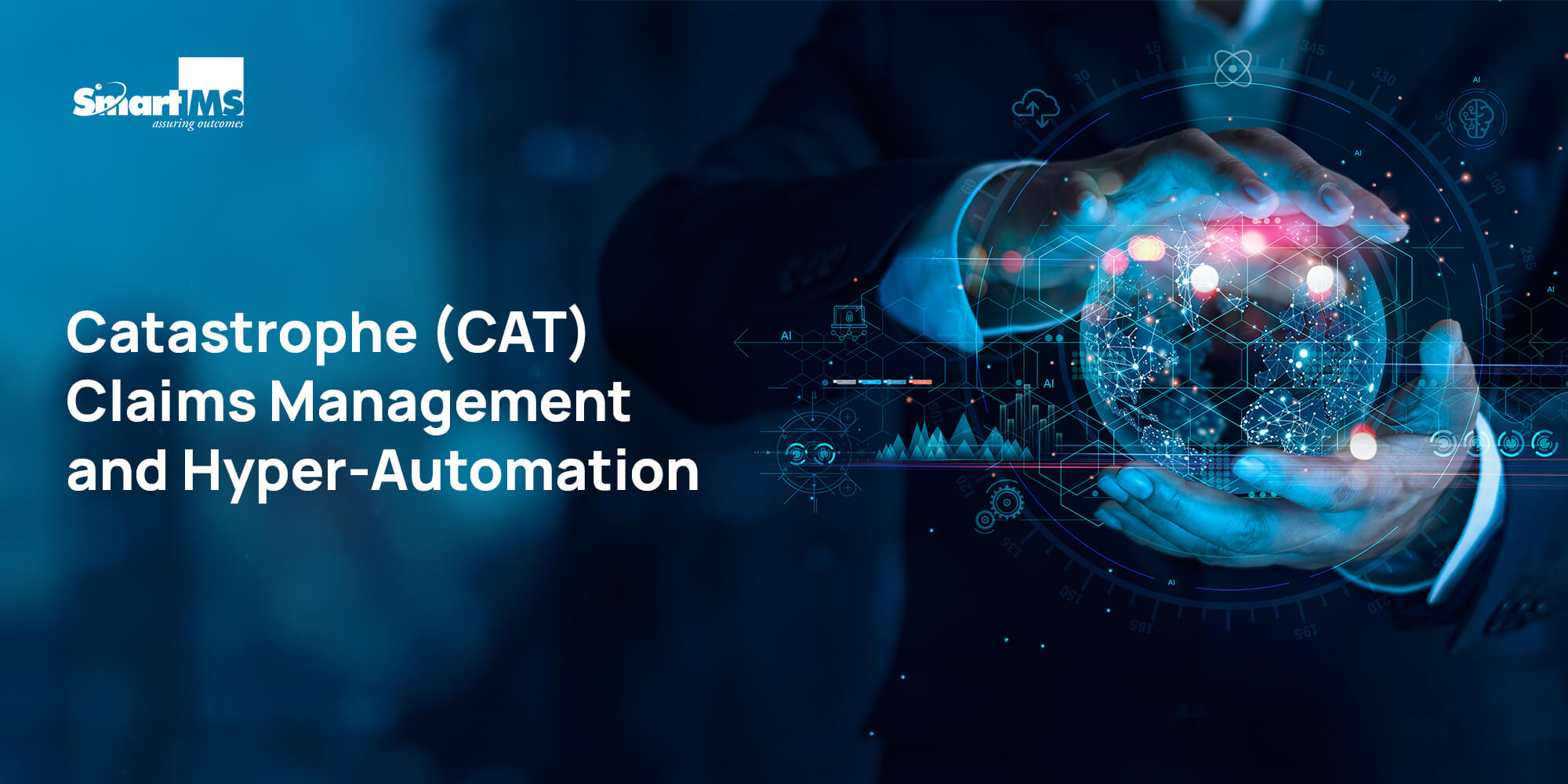Since the inception of our planet, natural disasters have been a regular affair, resetting ecosystems, changing terrains, and much more. These catastrophes in the modern world cause massive emotional, infrastructural, and economical damage, with the major brunt of costs being borne by insurers. During such periods of disdain, the sheer volume of claims and limited resources lead to delays, inaccurate reporting, and operational inefficiencies in claims management. This only adds to the stress and anxiety experienced by those affected, further hindering their recovery efforts.
Let us further understand few of the common challenges in the catastrophe claims process:
Limited Skilled Resources: Insurers may face resource shortages to handle a high volume of claims during a catastrophe, leading to delays in adjudication and settlement.
Inadequate Claim System: Insurers may not be adequately prepared to handle a sudden surge of claims during a catastrophe, overwhelming their tech systems and causing system outages and processing delays.
Lack of Communication: Insurers face communication challenges due to the sheer magnitude of the loss during a catastrophe, mainly when multiple parties are involved. Insurers may need help communicating effectively with policyholders, reinsurers, and stakeholders such as medical teams, leading to delays in the claim settlements.
Complex Claim Handling: For catastrophe-prone areas, insurers usually have reinsurance contracts. This can make claims settlement more complex and result in delays and mistrust from policyholders, which may cause a loss in repeat business.
Manual Claims Processing: Catastrophic events cause a large volume of claims, which can overwhelm insurers using traditional claims intake and settlement process. This can increase claims-loss costs and expenses associated with scaling up IT infrastructure.
Disputes and Litigation: Disputes and litigation related to catastrophe claims can be time-consuming and costly, further impeding the efficiency of the claims process.
To overcome these challenges, technological advances offer new tools to help insurers manage catastrophe claims more effectively. One such solution is Hyper-automation. Unlike traditional automation, this tech solution combines business process and operational data with robotic automations such as Artificial Intelligence (AI) and Machine Learning (ML) to mimic human behavior. Below are some of the ways Hyper automation can help:
Automating Data Collection and Analysis: AI and ML algorithms automatically collect and analyze data related to the extent of the damage, the number of affected policyholders, and the resource requirement. This allows insurers to assess claims quickly and allocate resources/reserves as needed.
Resource Allocation: Hyper-automation facilitates more efficient resource allocation. By delegating rule-driven tasks based on AI feed, insurers can focus on complex tasks like fraud detection and investigation. This improves work quality, reduces errors/disputes, and ultimately improves overall efficiency.
Handling Claims Efficiently: Robotic Process Automation (RP)A batches automate repetitive tasks in claims handling, such as claims intake, triaging, etc. This frees up claims adjusters to focus on more complex tasks such as coverage evaluation and settlement determination.
Enhancing Communication: Hyper-automation improves communication between insurers, reinsurers, and policyholders. Chatbots and AI-powered tools provide real-time claim status updates and address policyholders’ questions, reducing the need for manual transmission and speeding up the claims process. This fosters transparency and reduces disputes and delays.
Improving Decision Making: AI and ML algorithms analyze data to make informed decisions regarding claims handling, coverage extent, and settlement amounts.
The goal of hyper-automation is to simplify the process and provide businesses with a competitive advantage by providing great efficiency. But one should be mindful of the thorough planning and complex integration/orchestration of multiple technologies and tools to drive the right responses.
At Smart IMS, we have over two decades of experience and a thorough understanding of claims management processes. Our team has expertise in both domain and technology, allowing us to guide you through identifying the right tasks, selecting appropriate tools, implementing reusable processes, and enabling advanced analytics and insights. Connect with our industry leaders to learn more on how we can tailor insurtech solutions to meet your unique challenges in catastrophe claims management.



